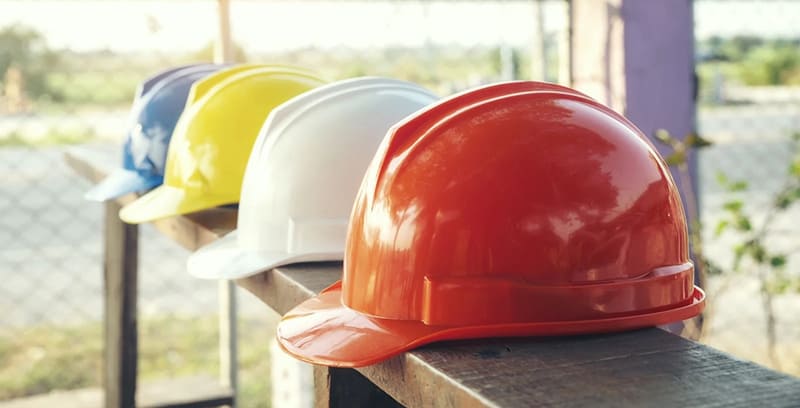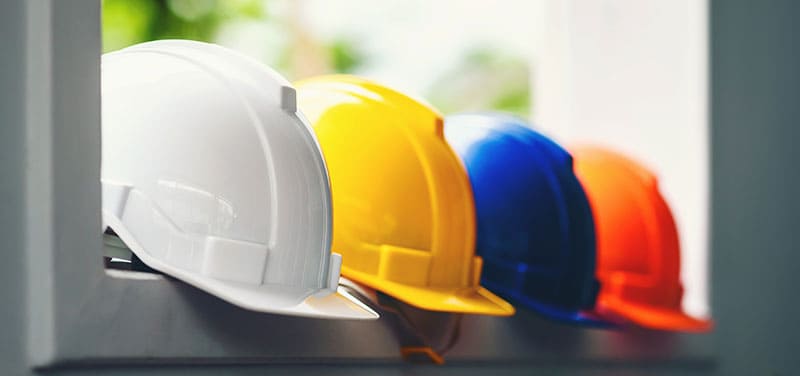The 4 Main Types of Hard Hats: Understanding Workplace Safety Equipment

Hard hats are an essential piece of personal protective equipment (PPE) that are designed to protect workers from head injuries in hazardous work environments. There are different types of hard hats available in the market, each designed to provide varying levels of protection based on the specific hazards present in the workplace. In this article, we will discuss the four main types of hard hats.
1、Type I Hard Hats:Type I hard hats are designed to provide protection against impacts to the top of the head. These hard hats are commonly used in industries such as mining, construction, and heavy industry where workers are exposed to falling objects or debris. They are typically made of durable materials such as polyethylene or fiberglass and have a brim that extends out from the shell to provide additional protection from the sun and rain.
2、Type II Hard Hats:Type II hard hats provide protection against impacts to both the top and sides of the head. These hard hats are commonly used in industries where workers are exposed to the risk of lateral impacts, such as logging or electrical work. They are similar in design to Type I hard hats, but have a wider brim and a thicker shell to provide additional protection.

3、Class E Hard Hats:Class E hard hats are designed to provide electrical protection for workers. They are tested to withstand up to 20,000 volts of electrical charge and are commonly used in electrical and utility work. These hard hats are usually made of non-conductive materials such as high-density polyethylene and have an electrical insulating liner to protect workers from electric shocks.
4、Class G Hard Hats:Class G hard hats are designed to provide general protection for workers and are tested to withstand up to 2,200 volts of electrical charge. They are commonly used in construction, mining, and other heavy industries. These hard hats are usually made of the same materials as Type I hard hats and have a shorter brim than Class E hard hats.
In conclusion, choosing the appropriate type of hard hat is crucial for ensuring the safety of workers in hazardous work environments. It is important to identify the specific hazards present in the workplace and select the appropriate type of hard hat that provides the required level of protection. Workers should also ensure that their hard hats are properly fitted, adjusted, and maintained to ensure maximum protection.










